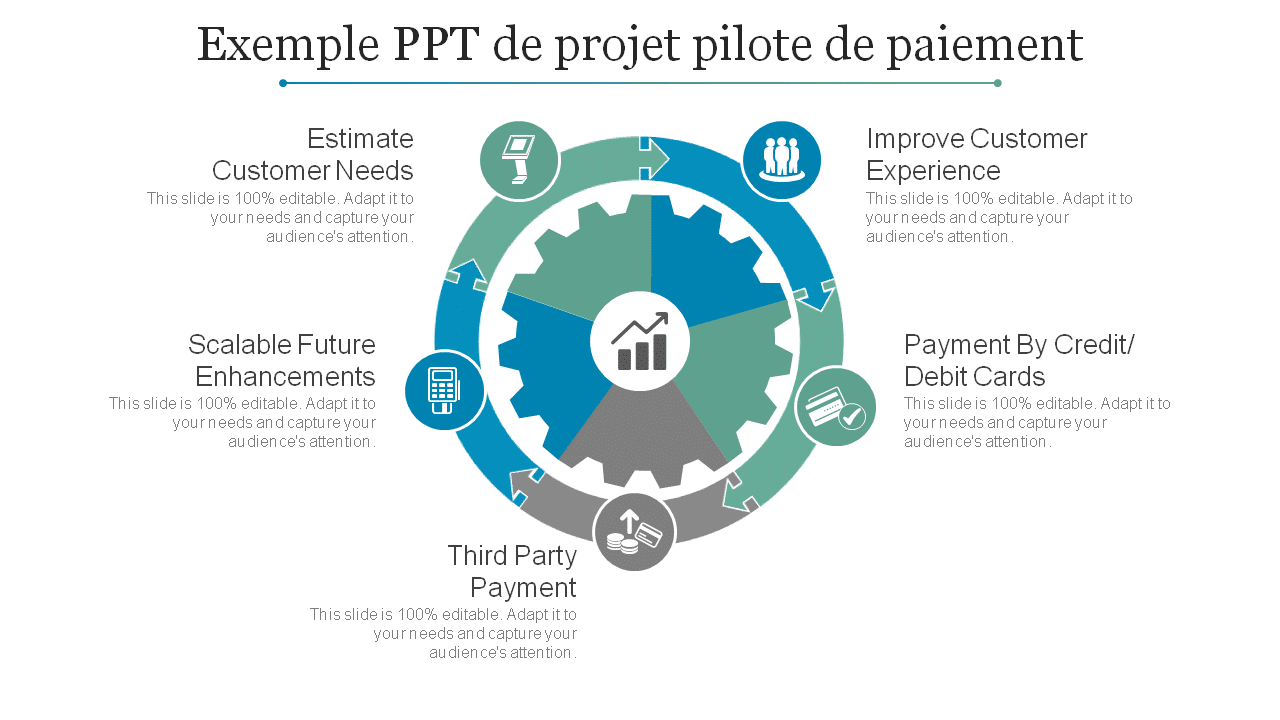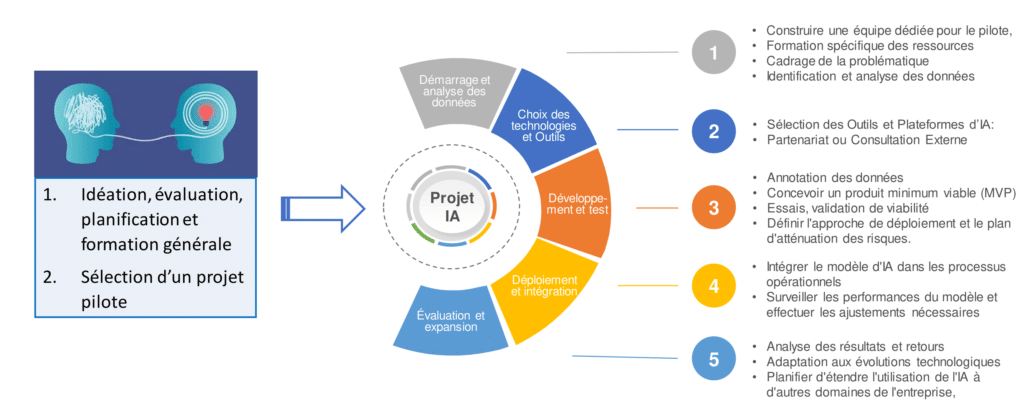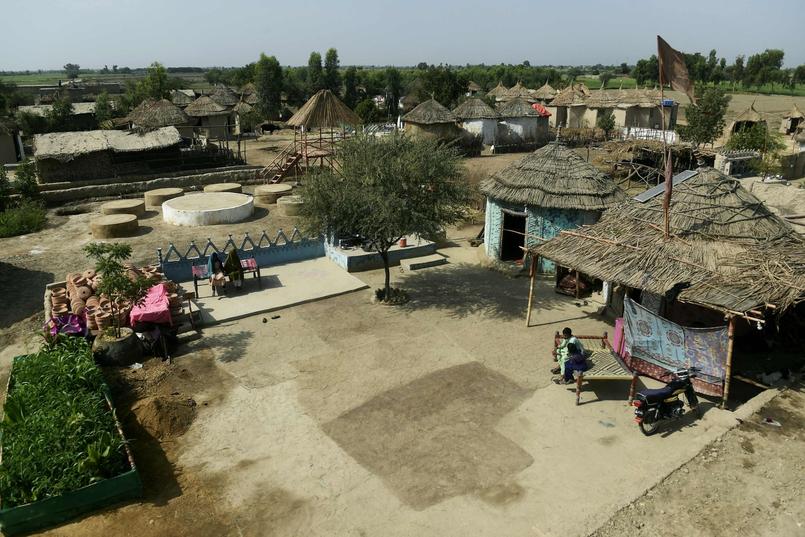In the field of research and development, pilot projects play a crucial role. They allow for the experimentation of new ideas, the analysis of results in a real-world setting, and the necessary adjustments before launching large-scale solutions. The analysis of case studies on these pilot projects is essential for drawing lessons that can be applied to future projects. This article examines the importance of these studies, the methodologies used, and the results obtained in various sectors.
Table of Contents
ToggleUnderstanding the Need for Pilot Projects
Pilot projects are often implemented to test the viability of a concept. In a controlled environment, they offer another dimension to research. The main idea is to reduce the risks associated with the implementation of a new strategy or technology. For example, in the health sector, pilot projects are frequently initiated to experiment with new interventions before their large-scale rollout.

The Stakes of Pilot Projects
The stakes vary from one sector to another. In resource management, for example, the importance of research on water and environmental impacts is crucial. Pilot projects not only test the feasibility of new conservation methods, but they also help raise awareness among local communities. The results of these studies can influence government policies. Indeed, a good pilot project can demonstrate the effectiveness of an approach on a much larger scale.
Practical Cases and Success Examples
Several case studies illustrate how pilot projects can transform a sector. Take for example the International Water Management Institute (IWMI), which conducted studies aimed at integrating sustainable practices in aquatic food production. The pilot project allowed for a crucial socio-economic and environmental analysis, demonstrating significant benefits both locally and internationally.

Results Analysis
The analysis of the results of pilot projects often reveals interesting trends. For example, the implementation of CCUS (Carbon Capture, Utilization and Storage) initiatives in several European regions has demonstrated a significant reduction in CO2 emissions. The evaluation of these projects has been facilitated by simulation models that allowed for forecasting long-term impacts before the deployment phase.
The Evaluation Methods of Pilot Projects
There are several evaluation methodologies that researchers use to analyze the results of pilot projects. One of the main tools is the qualitative analysis of data collected during interviews and surveys. Moreover, data triangulation, which combines different research methods, allows for a more comprehensive overview of the results. For agricultural projects, the economic and social evaluation is also fully analyzed.

Importance of Quantitative Data
Quantitative data play a crucial role in evaluating pilot projects. They allow for the establishment of key performance indicators (KPIs) that are used to measure the success of a project. In most cases, these indicators may include elements such as cost per unit of product, participant adherence rate, and associated environmental impacts. For example, a pilot project on organic waste valorization has significantly reduced processing costs while increasing local agricultural yield.
The Role of Stakeholders in Pilot Projects
Engaging stakeholders is crucial for the success of a pilot project. This includes not only researchers and project managers but also the local community, policymakers, and businesses. In a CCUS pilot project, for example, collaboration with government agencies and the private sector is essential to ensure long-term support.
Illustrative Case Studies
Analyzing case studies where stakeholder engagement has been a determining factor shows valuable lessons. Take the case of community health initiatives in West Africa where pilot projects were facilitated by active participation from residents. These projects not only improved public health but also strengthened social cohesion. By engaging communities from the beginning, the success rate of these projects increased significantly.
The Challenges and Solutions of Pilot Projects
Like any project, pilot projects are not without challenges. Whether it is related to funding, human resource management, or acceptance of new technologies, the obstacles are numerous. Finding suitable solutions often requires initiative and adaptability. For example, in some technology-focused pilot projects, the lack of digital skills can be problematic. Therefore, training and awareness solutions are put in place.

Analysis of Common Mistakes
It is equally important to analyze the mistakes that occur during pilot projects. Studies show that not sufficiently involving stakeholders is one of the most frequent errors. This can lead to resistance to change and compromise the viability of the project. By taking into account the lessons learned from mistakes made, future projects can be better structured and more effective.
Future Perspectives for Pilot Projects
With the evolution of environmental and societal challenges, pilot projects are becoming increasingly critical. Research on climate, sustainability, and technological innovations requires preliminary testing before massive implementation. Moreover, the emergence of technologies like artificial intelligence presents a new ground to explore for pilot projects, opening the door to creative solutions for complex issues.
















